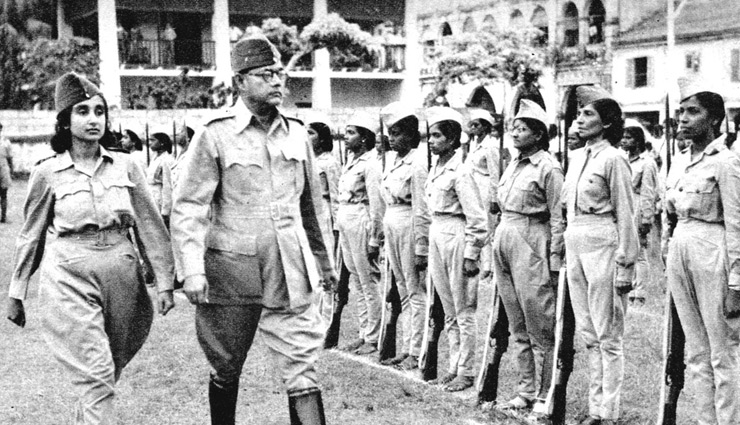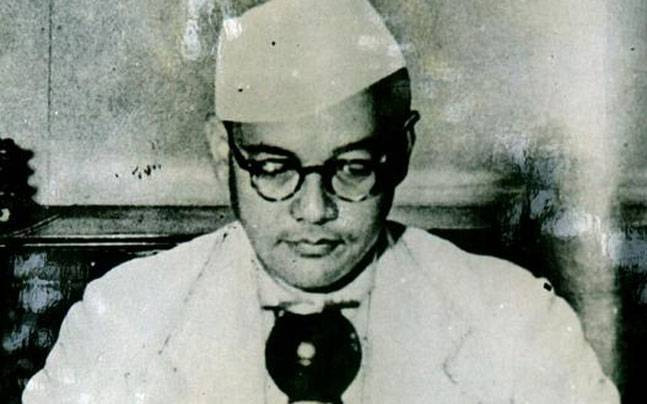Unsolved Mystery Of Subhash Chandra Bose Death
By: Priyanka Maheshwari Mon, 21 Jan 2019 2:28:06

The very name of Netaji Subhas Chandra Bose continues to inspire generations of Indians even today. If his life and times were marked by the tumultuous events of the independence struggle, his death has remained an enigma in itself. There have been many conspiracy theories surrounding his death mystery and his death in a plane crash in 1945 at Taihoku (in the present day Taipei) is the most prominent one, which is also accepted by the Indian government. However, his family members and a legion of his admirers do not subscribe to the plane crash theory.
How the plane crash theory came about?
The government of India had instituted three inquiry commissions – under Shahnawaz Khan (1956), Justice Khosla (1970) and Justice Mukherjee (2006) to look into Subhas Chandra Bose death. The first two commissions were unanimous in their findings that Netaji had died in a plane crash on August 18, 1945. They had based their outcomes on the testimonies of Colonel Habib-ur Rahman of the Indian National Army, other eyewitnesses, and the official Japanese government statement. According to Colonel Habib who had survived the ill-fated crash, Netaji had sustained severe burn injuries and had succumbed to them later. This theory was in fact validated by the Japanese government as well.
However, the third inquiry commission under Justice Mukherjee had concluded that Subhas Chandra Bose plane crash theory had no basis as there was no plane crash on August 18, 1945.
The Renkoji Temple angle
Colonel Habib ur Rahman in his testimonies to both the commissions of inquiry had been categorical that Netaji had died in the plane crash and was cremated thereafter at Taihoku under the supervision of the Japanese Army. The alleged ashes were later taken to Tokyo and kept at the Renukoji temple where they are lying in the state ever since.

Netaji’s family in disagreement with the commission findings & government response
The plane crash theory was again endorsed by the Modi government in its recent RTI reply surrounding Subhas Chandra Bose death. The reply was given even as the government had ordered the declassification of Netaji files. This reply was reportedly flayed by one of the family clans of Netaji especially Chandra Kumar Bose. In fact, most of the family members of Netaji have all along maintained that Netaji did not die in the alleged plane crash and have requested the government to follow up the matter with countries like Russia.
The Gumnami Baba theory
Another angle surrounding the Netaji death mystery has been about a Faizabad based ascetic whom his followers claimed to be Netaji. This was further probed by an inquiry commission set up by the Samajwadi party government under Justice (Retd) Vishnu Sahai following a directive by the Allahabad High Court. The Justice in his report to the UP governor, H.E. Ram Naik had concluded quoting the followers of Gumnami Baba that the ascetic was indeed Netaji.
The Russian angle
Another theory about Subhas Chandra Bose death is that he did not die in the alleged plane crash and had instead escaped to the former Soviet Union. The plane crash theory was deliberately floated around by the Japanese to facilitate Netaji’s escape. According to General G.D. Bakshi, Netaji was possibly tortured to death in a Siberian gulag – either by the British interrogators or under the orders of Stalin.
The range of theories about Netaji’s disappearance and possible death notwithstanding, Netaji Subhas Chandra Bose continues to inspire millions of Indians through his indomitable courage and unflinching patriotism. His slogan Jai Hind has been taken by the Indian government as its national salutation.





